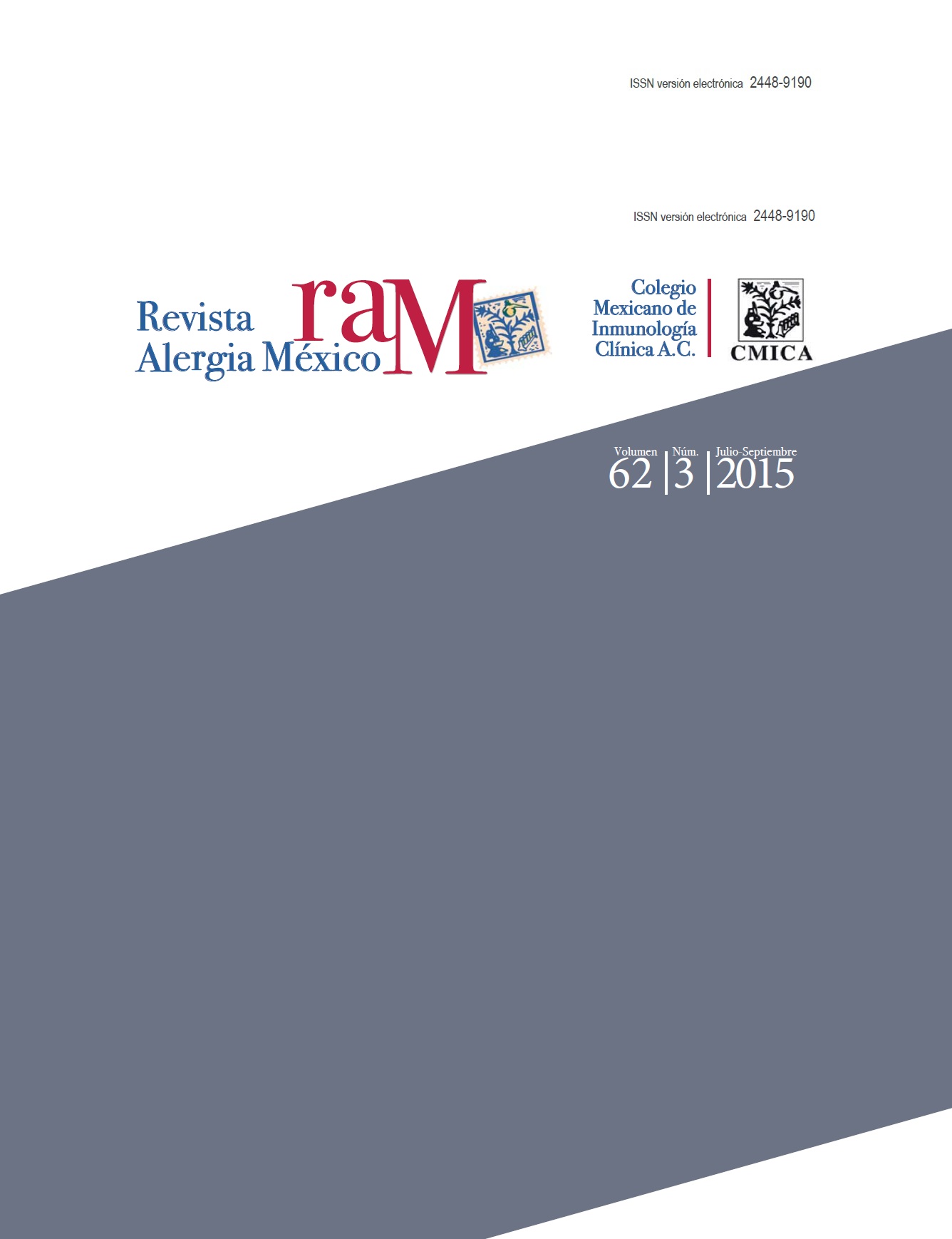Abstract
Treatment of HIV infection requires the combination of multiple antiretroviral drugs, known as highly active antiretroviral therapy (HAART); however, up to 84% of patients experience adverse drug effects that lead to discontinuation within first months of treatment. Skin manifestations are reported to 22% of patients. The severity of these is variable, such as erythema multiforme, rash, hives and severe skin reactions at less than 2%. Mild rashes, usually transient and self-limiting, while severe reactions require immediately remove the drug involved to prevent progression of the reaction. Only in those cases where the offending drug does not have another alternative and documented the reaction is mediated type I hypersensitivity mechanisms, can be performed desensitization protocol.References
Wondmagegn, T. Self-reported adverse drug reactions and their influence on Highly Active Antiretroviral Therapy in HIV infected patients: a cross sectional study. BMC pharmacology and Toxicology, 2014. 15:32, 1-9.
Namme, H. Adverse drug reactions of in HIV infected patients at the General Hospital, Doula, Cameroon: a cross sectional study. Pan African Medical Journal, 2012, 1: 1-6.
Bernal, F. Incidencia de reacciones adversas a medicamentos en pacientes que inician o cambian terapia antiretroviral. Rev Chilena Infectol, 2013, 30(5): 507-512.
Radhakrishnan, R. Highly Active Antiretroviral Therapy Induced Cutaneous Adverse Drug Reactions in Patients with Human Immunodeficiency Virus Infection.International Journal of Pharmaceutical Sciences, 2010, 2(2), 84-97.
Holtzman, C. Polypharmacy and risk of Antiretroviral Drug interactions Among the Aging HIV-Infected Population, J Gen Intern Med, 2013, 28(10): 1302-10.
Rajesh, J. Association between Medication Adherence Outcomes and Adverse Drug Reactions to Highly Active Antiretroviral Therapy in Indian Human Immunodeficiency Virus-Positive Patients. Journal Young Pharmacists, 2004, 4: 250-259.
Neely, M. Managing treatment-experienced pediatric and adolescent HIV patients: role of darunavir. Therapeutics and Clinical Risk Managament, 2009. 5, 595-615.

This work is licensed under a Creative Commons Attribution-NonCommercial 4.0 International License.
Copyright (c) 2015 Revista Alergia México

